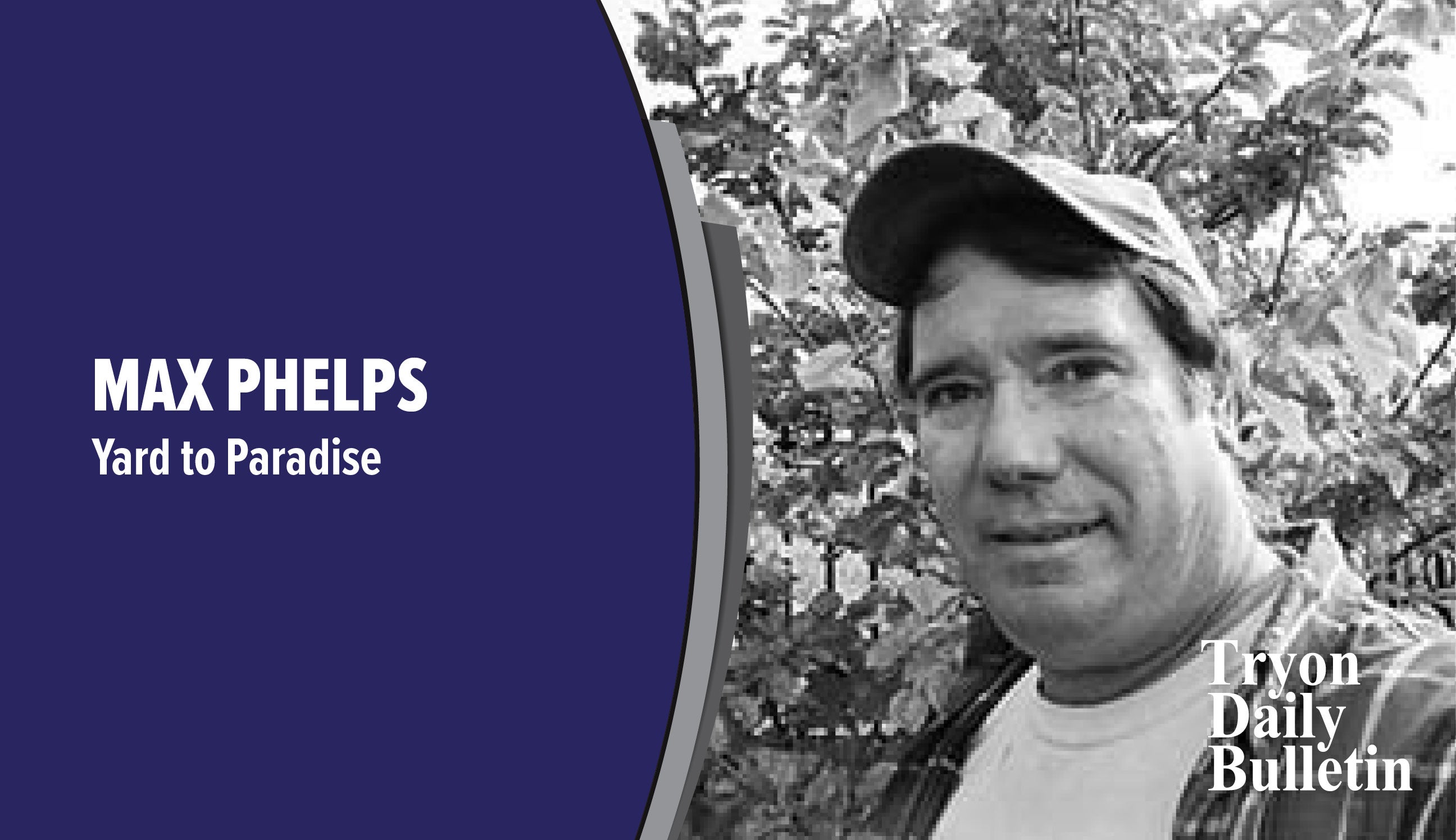Agroforestry—another aspect of edible landscaping
Published 1:03 pm Thursday, April 4, 2024
|
Getting your Trinity Audio player ready...
|
Forestry, plus elements of gardening and farming and orcharding, can change not just your yard, but your viewpoint on life itself. Not only will there be fewer trips to the market, but you will know full well how your produce, fruit, nuts, teas and so much more were produced. A simple life, yet abundant life, can be had in your bit of forested paradise.
In recent times there’s been a lot of talk of being ‘sustainable’, of living in harmony with our world. For the long haul. There are dozens and scores of books in print on this and related topics. “Agroforestry: A Sustainable Land Use Book” is one, “Forest Gardening”, “Edible Forest Gardens”, “Farming the Woods”, and “The Complete Guide to Edible Wild Plants” are but a brief sampling of other titles you may wish to peruse if you choose to delve deeper into the Agroforestry topic.
Tree farming, Multi-story cropping, permaculture, forest gardening—there are myriad descriptors we find being used–but, the concept is to ‘re-wild’ our yard or our plot of land. And enable it to produce things we need with little input other than planting and harvesting the things our forest produces. Products can be nuts, fruits, berries, mushrooms, edible roots and vegetation, and certainly the wood or timber as well (for mulch, for the firepit or the fireplace or woodstove, for our own lumber, and so much more).
Terribly depleted land will grow something if it’s ignored a few years. Blackberries, perhaps. Maybe a pear tree or apple for your food or for deer and other wildlife? There is a practice of taking small or unwanted logs and covering with leaves and soil and making beds that over time will grow just about anything. German term is ‘hugelkulture’.
Remember, dandelions and chicory and sorrel and many other wild plants are out there just for the taking. If your ground is too depleted, some nitrogen-fixing plants can be added to the understory to help all the nearby plants benefit from natural addition of nitrogen by these plants to the soil.
Nut trees, fruit trees, plus a few trees for timber that may not produce food directly; then, add understory trees such as pawpaws and sarvis/serviceberries, wintergreen, honeyberries, medicinal herbs, some mushrooms. From the persimmon and the medlar to apples, pears and blueberries, our space can do a lot better than grow lawn that has to be mowed every week and produces nothing.
Meat, too. Yes, besides deer and other wildlife you might decide to harvest for the table, you could raise sheep, goats, cows, swine, poultry, etc., on your forested plot of land.
Arbor Day may be coming up, or may have recently passed where you are, but planting a tree never goes out of style. Plus, you get to choose the tree.
Some people have been inspired by stories or just by observing forested and green areas. Need inspiration? Take time for a walk in a woodland, a botanical garden, a park, or perhaps look up and visit someone that has begun a ‘food forest’.
I hesitated for a second to close with this bit of wisdom, but decided for the benefit of my readers I must not leave this unsaid. Just as government entities made arrests of Amish farmers selling milk that didn’t have a stamp of approval—I’d not recommend you doing too much bragging on your agroforest in the press or on social media. In time, you’ll likely be charged for breaking some law as you try to sell some of your harvests for money from your forest farming endeavors. At the very least, you’ll have to cough up an “inspection fee”, which is taxation by some other name. If you earn money you’re taxed. If you go shopping there’s sales tax. There’s already property taxes, of course. But, they haven’t been taxing your gardens (yet). The self sufficient can’t be easily controlled. And there are, believe it or not, people that want to know about and have control of everything you do. So be forewarned.
But, if this idea resonates with you, I heartily suggest you do some more research and see if there may be a bit, or a lot, of this agroforestry you and your family may wish to try. Have a blessed adventure.
The author is a landscaper. Email: rockcastles@gmail.com Website: rockcastles.net



